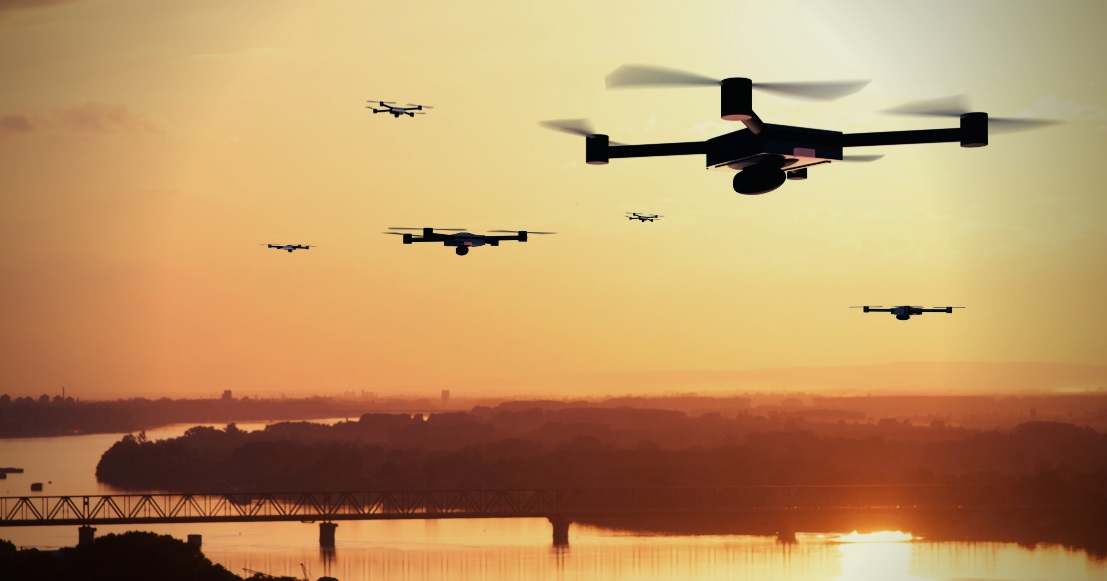How Underwater Drones Can Save Our Oceans

The co-founder of BluEye Robotics, Christine Spiten has always loved the water and ocean. She has traveled throughout all of the Atlantic Ocean and even lives on a ship that allows her to have access to the water and quickly drop underwater drones into the ocean as she pleases.
As an avid lover of the water, she is behind a new underwater drone that will work to discover more about the ocean and help save it in the long run. The new drone, launched by BluEye Robotics is able to travel down as much as 150 meters into the ocean. Incredibly, this is four times farther in depth than a scuba diver can go.
Spiten has compared the underwater drone to a traditional aerial drone. The drone is managed by the user and you can explore the depths beneath the water. The biggest difference between an aerial drone and underwater drone is quite obvious – one is in the air above and the other is under water in an ocean.
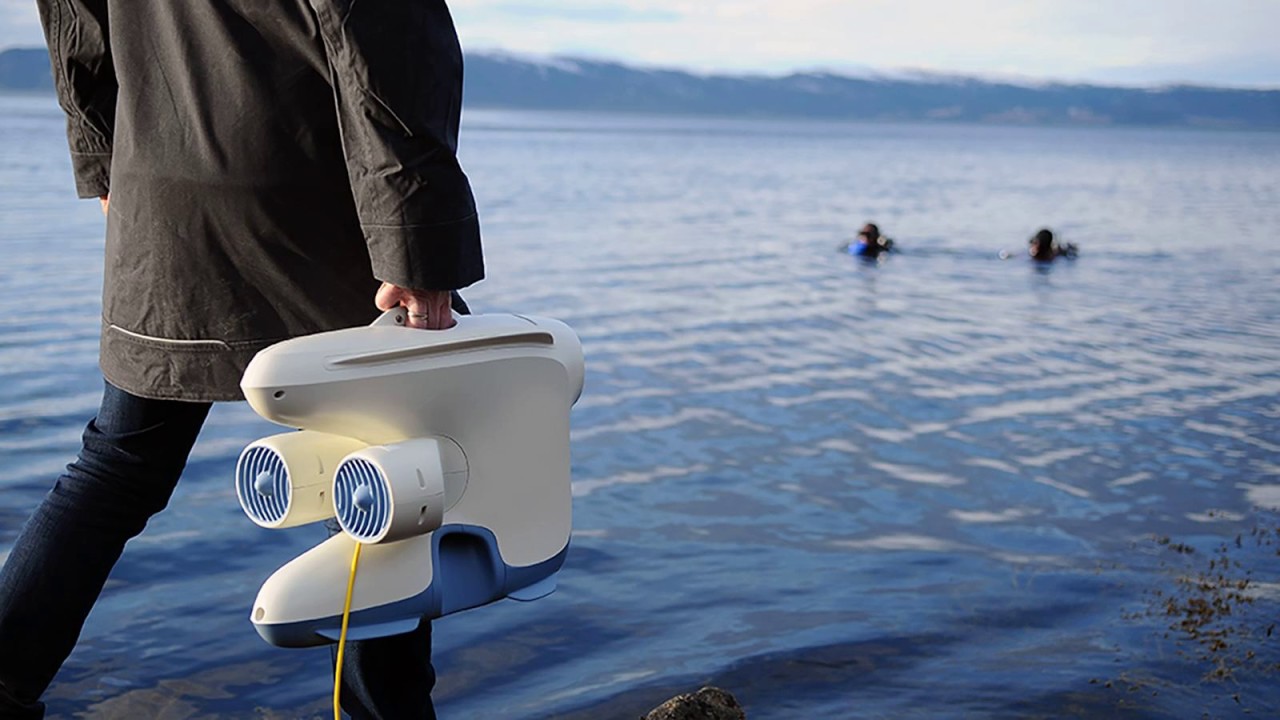
In addition to what Christine Spiten does, National Geographic Emerging Explorer David Lang’s OpenROV project is set to take off and a small army of little drones will plummet into the ocean and discover the world below.
While underwater drones are still new and the concept is still being accepted, there are some benefits to drones exploring the oceans around us. Here are some examples of how these underwater drones can help to protect and save our oceans in the future.
Protection of Fish in the Mexican Caribbean
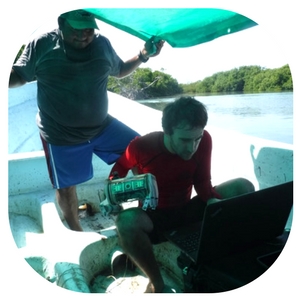
It can be difficult to protect something that we do not know about or understand. Because of this, underwater drones can help us to better understand what types of fish are out there. The drones can be used to help educate biologists about the ecosystems the fish rely on and to see what types of patterns the fish follow.
A group by the name of COBI works to help conserve some of the marine areas located in Mexico and they have identified spawning sites for snapper and group in the Caribbean. Knowing the location can help to prevent any overfishing that may otherwise occur. COBI says that local fishers are trained to monitor and dive into the sites to ensure the safety of then, but that a drone would allow them to see much deeper into the sites than before.
Monitoring the California Coast for Changes
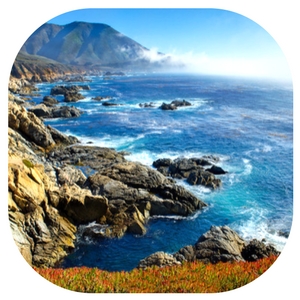
The coastline of California continues to change and many people have gathered and formed groups to watch and document changes that do occur. Volunteers at Pelican Cove located on the Palos Verdes Peninsula work hard to capture photographs of the sea life that is out there. Being able to use a drone would allow them to see more and allow them to track the location changes that occur in the species. In addition, knowing this information would allow them to help reveal any significant changes that occur from the sea’s acidity and temperature levels.
Pelican Cove is part of a larger protected marine area that covers about 26 percent of the US waters and is about one million square miles in size. The area can be expensive to monitor and protect, but a drone may be able to help fill in those gaps.
Understanding the Secrets Hidden in the Mediterranean
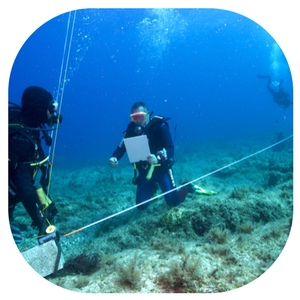
Researchers from the Octopus Foundation are on a mission to try and chart the unknown that is held below in the Mediterranean. The foundation says that the ocean floor could harbor has many as 750,000 shipwrecks from antiquity. The group has worked to advance deeper knowledge about the region by telling stories that include an ancient port city in Albania and seahorses in France.
Since the shipwrecks may not be accessible to the average scuba diver, an underwater drone can help the Octopus Foundation explore more of the area and get a better view of what the waters hold below.
Exploration of an Underwater World

In British Columbia, there is an undersea garden that is filled with an ancient ecosystem of glass sponges that were thought to have once been extinct. Since there is not too much known about the underwater oasis, it is impossible to know exactly how to save it, but scientists and researchers have determined that much of the life there such as octopus, cod, sharks, rockfish, and wildlife are destroyed due to prawn trapping and fishing.
National Geographic Explorer Erika Bergman has been leading an effort to protect the area and study the conditions of the reefs to ensure that they can be properly conserved. Using a manned submarine or a drone would greatly improve the ability to protect the reef and the wildlife that surrounds it.
Bergman says, “Everyone should get to see this bizarre and beautiful place.” Her efforts to protect the area are ongoing.




